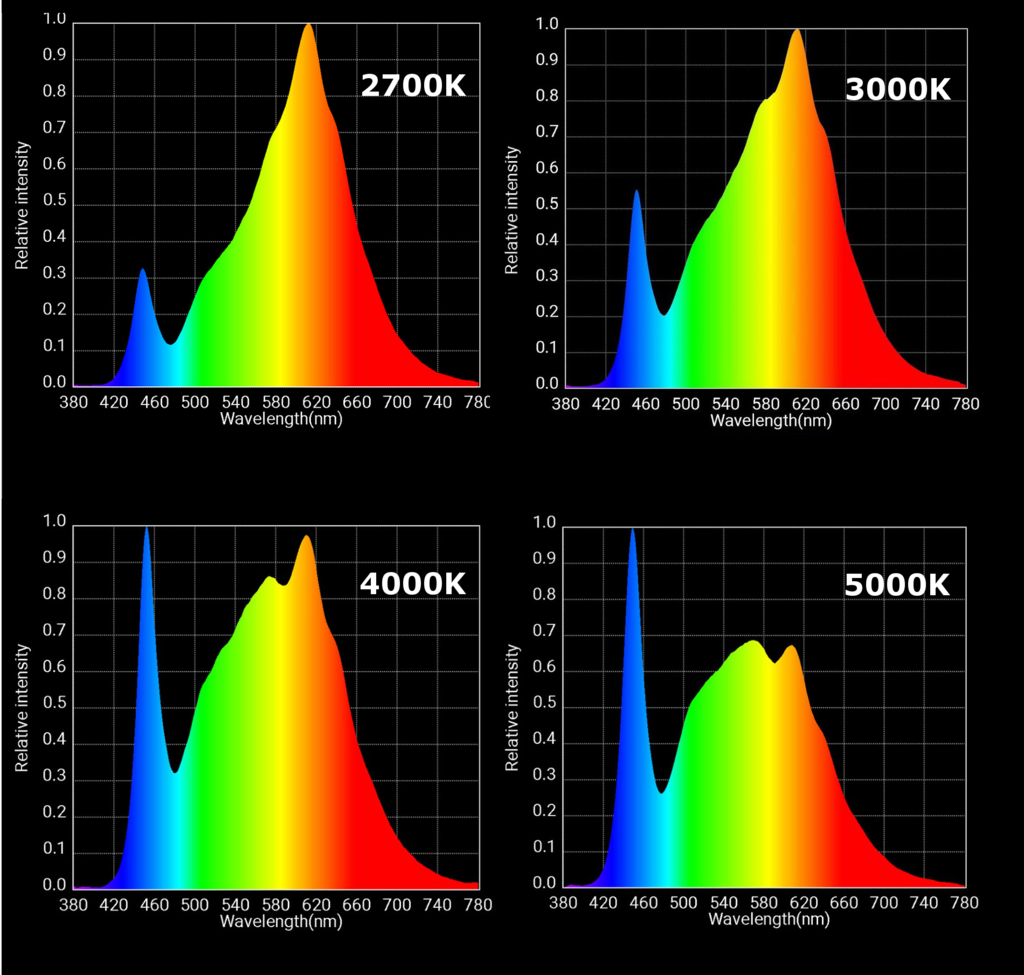- Thread starter
- #21
ConstantGreen
New Member
If I remember correctly Meanwell drivers have a 7 year warranty, don't know about the boards though but some warranty for sure, those two are the only ''moving'' parts.
Running the boards on a dimmable driver makes it possible to drive them within a great range (mine can be set to draw from 30w - 170w @ 230v AC) However drivers lose efficiency when they are dimmed, I think I can run mine at half capacity and still stay above 90% driver efficiency (92% is max) This depends on the driver some are more dimming-friendly than others.
Dimming is stepless and on some drivers done directly on the driver using a philips head screwdriver, other drivers need a potentiometer.
Try watching the instruction videos by Growmau5 on youtube if you want to learn about DIY COB's
PW is Pennywise.
Thanks for dropping all that knowledge here! Definitely worth it to dim then, if you're dimming more than 2% lol. I should send you my PAR meter.
Although light scatters with LED similar to inverse square, its not quite subject to the exact inverse square due to inverse square only applying to a single point source of light in which light scatters equally in all directions. (like a star in the vacuum of space). With LED its a directed light at a focused beam angle, therefore the inverse square doesn't exactly apply, however the ratio of light dropping off due to scattering is similar depending on how narrow of a beam angle the LED chip is set at.
This can easily be demonstrated with a flashlight with a zoomable lens, where the output of the LED doesn't change, but the throw of the beam due to the angle does... same goes for LED's, the tighter the beam angle, the longer the throw, the wider the beam angle the quicker the dispersion and less throw, but the rate of light dispersion is not constant in comparison between the sources due to the focusing of the light particles.
A very very minor detail but figured I would throw out the correctionBTW I love legos too

Thank you for clarifying that, don't hesitate to correct me and others! I was definitely lazy referencing the inverse square, because I do see in the graphs that the drop-off with LED's isn't as bad as the law says it should be. A good time to take a 2nd look at this comparison I made earlier on the 2x2 penetrations:
Average PPFD Loss per 6" in 2x2:
XPlus: 11%
CMH: 26%
Reflector 192 Bloom: 23%
Mars 1200: 23%
SE450: 20%
SE450 Lens: 14%
The CMH, even within a reflector, probably is most subject to the inverse square. The Mars LED's are not far behind with 120 degree lenses. Pretty sure the SE450 used 90 degree lenses on the monochromes, and 90 degrees for the secondary cob lens (14%). I'm not sure what the XPlus lens angle is, but all the other lamp dimensions were ~2x2 feet, and the XPlus is ~4x4, so it may have cheated that comparison a bit by penetrating the 2x2 from such a wider source. But the other's aren't competitive enough to compare in the 3x3 / 4x4 prints.
What lens angle do you guys think is best for LED? I'm having trouble justifying the secondary COB lenses for the SE450 if the extra penetration means it becomes too intense at the optimal height and has to be raised.





